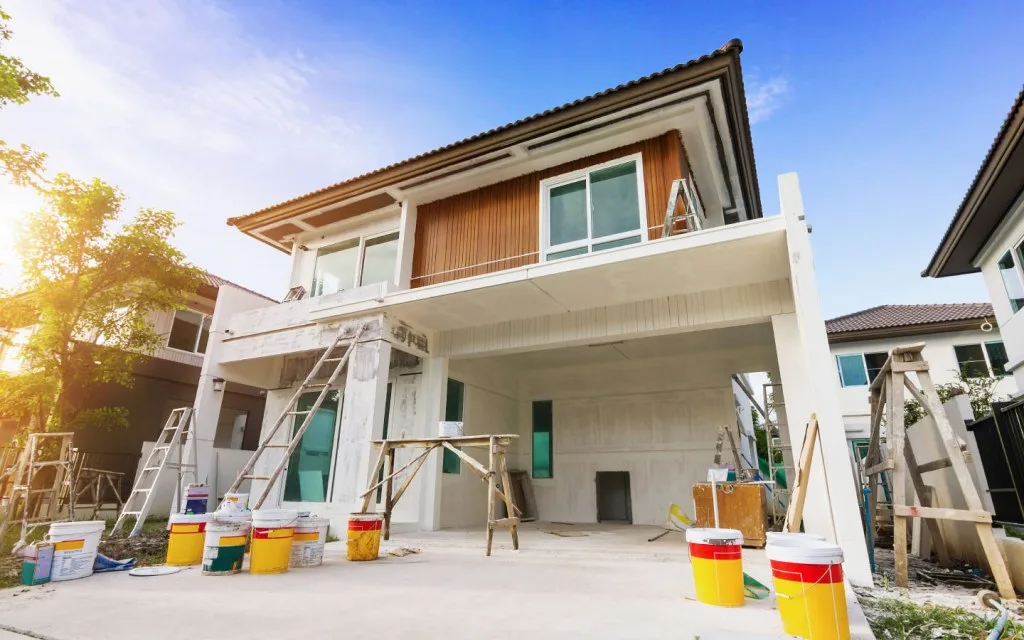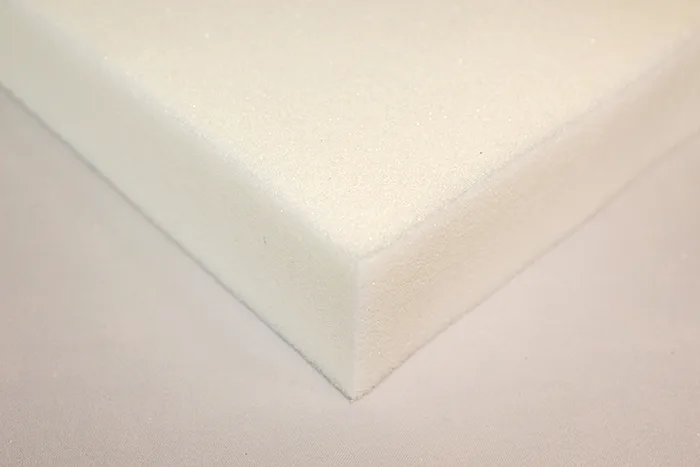The ventilation system plays a pivotal role. By efficiently circulating air, it regulates temperature, removes pollutants, and replenishes oxygen, ensuring a comfortable and safe indoor atmosphere. This comprehensive guide explores the significance, functioning, benefits, and FAQs regarding ventilation systems, empowering you to make informed decisions for optimal indoor air quality.
A Vital Component of Indoor Comfort
Ventilation systems are designed to exchange indoor air with fresh outdoor air, promoting circulation and maintaining air quality within enclosed spaces. They consist of various components such as fans, ducts, and filters, working collectively to remove stale air and introduce fresh air into the environment.
Promoting Health and Well-being
Adequate ventilation is essential for safeguarding health and enhancing well-being. By reducing the concentration of indoor pollutants such as dust, allergens, and volatile organic compounds (VOCs), ventilation systems mitigate the risk of respiratory problems, allergies, and other health issues associated with poor air quality.
Mechanisms of Air Exchange
Ventilation systems operate through two primary mechanisms: natural ventilation and mechanical ventilation. Natural ventilation relies on passive airflow through windows, doors, and vents, whereas mechanical ventilation utilizes fans and ducts to actively circulate air. Both methods facilitate the removal of stale air and the introduction of fresh outdoor air, ensuring optimal indoor air quality.
Enhancing Indoor Air Quality
Installing a ventilation system offers numerous benefits, including:
- Improved air circulation
- Removal of indoor pollutants
- Regulation of humidity levels
- Prevention of mold and mildew growth
- Enhanced comfort and well-being
Choosing the Right System for Your Needs
There are several types of ventilation systems available, each catering to specific requirements:
- Exhaust Ventilation
- Supply Ventilation
- Balanced Ventilation
- Energy Recovery Ventilation (ERV)
- Heat Recovery Ventilation (HRV)
Making Informed Decisions
Before installing a ventilation system, consider the following factors:
- Size and layout of the property
- Local climate conditions
- Existing ventilation infrastructure
- Energy efficiency ratings
- Maintenance requirements
Ensuring Longevity and Performance
Regular maintenance is crucial for preserving the efficiency and performance of your ventilation system. Tasks may include:
Troubleshooting Tips
Despite their benefits, ventilation systems may encounter occasional issues such as:
- Reduced airflow
- Excessive noise
- Odor problems
- Condensation buildup
- Inefficient operation
FAQs (Frequently Asked Questions) about Ventilation Systems
Q: How often should I change the filters in my ventilation system?
A: It’s recommended to check and replace filters every 3 to 6 months to maintain optimal performance and air quality.
Q: Can a ventilation system help reduce energy costs?
A: Yes, by improving airflow and reducing the workload on heating and cooling systems, ventilation systems can contribute to energy savings.
Q: Is it necessary to hire a professional for ventilation system installation?
A: While DIY installation is possible for some systems, hiring a professional ensures proper sizing, placement, and functionality, maximizing effectiveness.
Q: What are the signs that indicate a ventilation system requires maintenance?
A: Common signs include reduced airflow, unusual noises, foul odors, and visible dust or debris around vents and ducts.
Q: Are ventilation systems suitable for all types of properties?
A: Yes, ventilation systems can be installed in residential, commercial, and industrial properties to improve indoor air quality and comfort.
Q: Can a ventilation system help alleviate allergies and respiratory issues?
A: Yes, by filtering out airborne pollutants and allergens, ventilation systems can create a healthier indoor environment, reducing allergy symptoms and respiratory problems.
Investing in a ventilation system is a proactive step towards creating a healthier and more comfortable indoor environment. By understanding its significance, functioning, and maintenance requirements, you can reap the benefits of improved air quality and well-being. With proper installation and regular upkeep, a ventilation system ensures a breath of fresh air for years to come.



